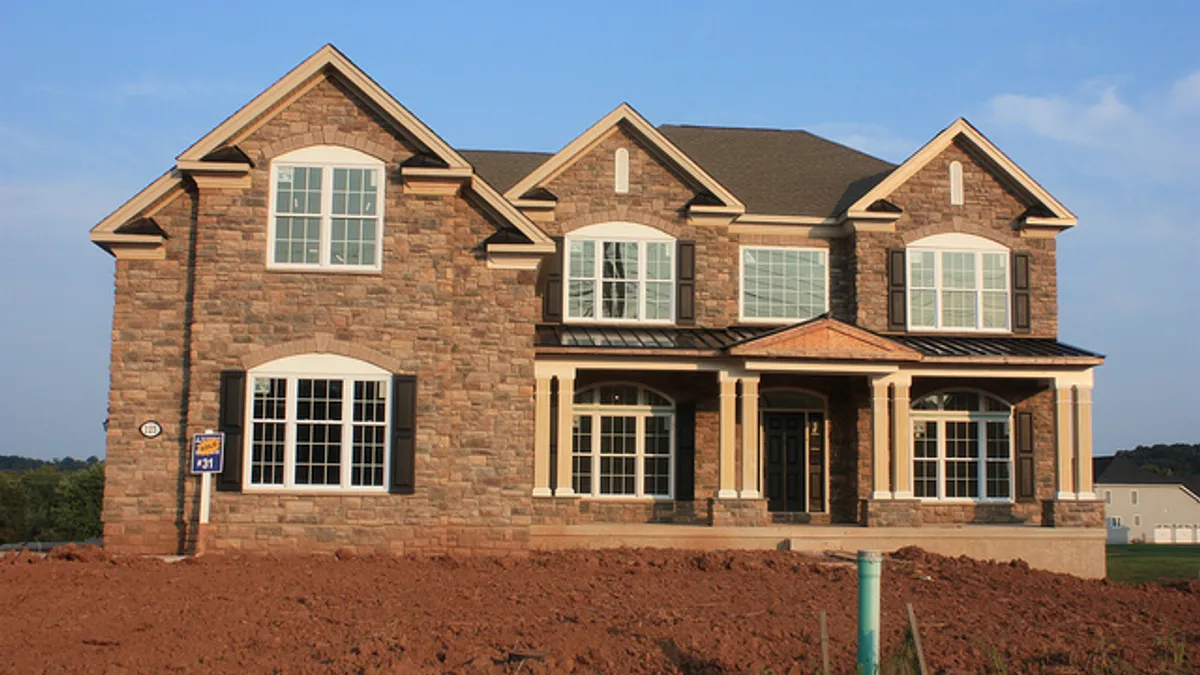Dive Brief:
-
The growing gap between the price of homes buyers can afford and that of those listed for sale is set to continue, according to a new index from the National Association of Realtors and Realtor.com that looks beyond the average buyer to those making more or less than the median income as a measure of affordability.
-
The Affordability Distribution Curve and Score found that homebuyers across all income levels will see a shortage of available units on the market within their target price range in the near-term.
- While the curve in January was below the mark of equilibrium, the gap between what buyers can afford and what is for sale is more pronounced among lower income levels, suggesting that those buyers face more acute supply restrictions.
Dive Insight:
Affordability concerns pervade the housing market nationwide — and with good reason. Inventory shortages, particularly in the entry-level category, persist, driving prices up just as mortgage rates are turning up again after reaching historically low levels last year.
Zillow's recent quarterly Home Price Expectations Survey found concern over affordability is set to be the dominate factor in the market this year, followed low inventory levels and the evolving housing needs of baby boomers.
That’s tempered builder optimism for future demand, but it hasn’t completely taken the wind out of their sails. Builder optimism dipped two points from January to February but held far above breakeven, according to the latest National Association of Home Builders/Wells Fargo Housing Market Index.
A tapering in home-price increases forecast for most markets this year could make conditions more favorable to buyers. But whether that results in the necessary new construction activity to loosen price pressure in the current landscape of light inventory depends as much on home prices and mortgage rates as on labor and lot availability.
For more housing news, sign up for our daily residential construction newsletter.













